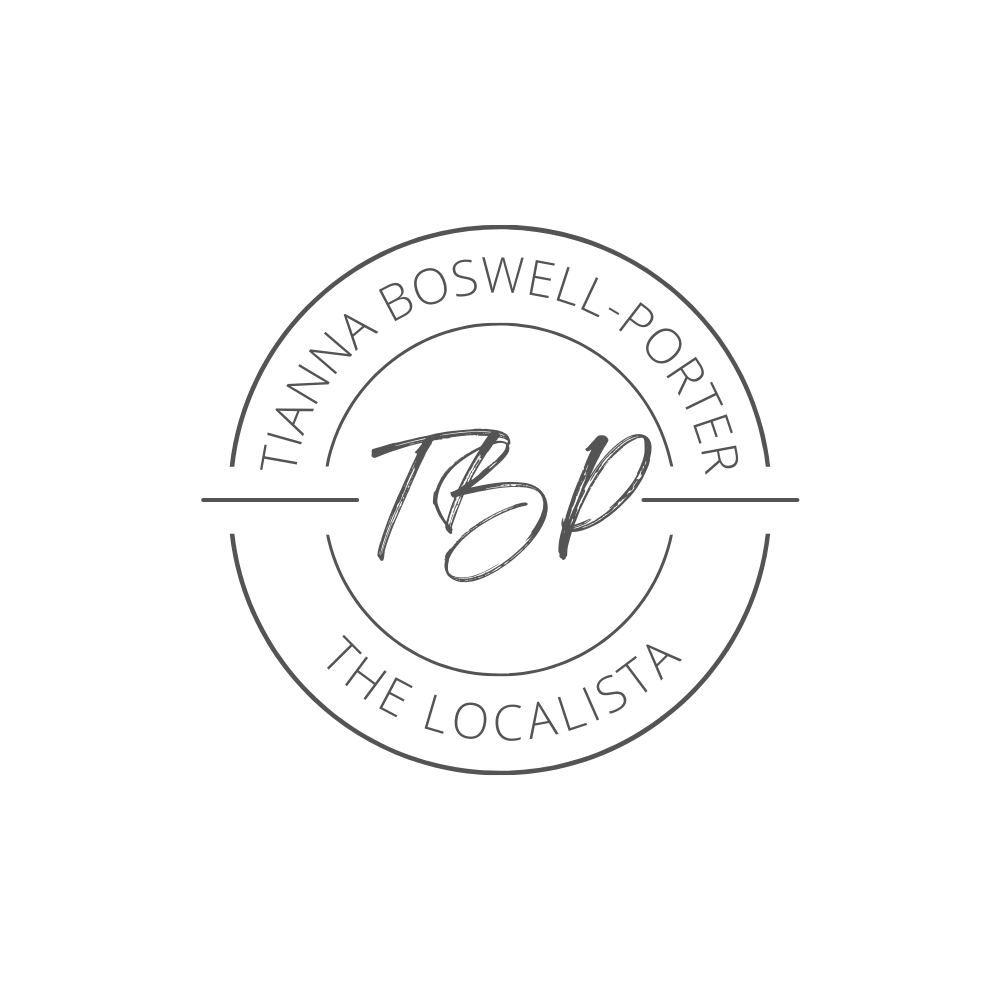How Your Job Analysis and Interview Style Promotes Successful Business Practices
As an entrepreneur and or start up company it is important to exercise “best practices”. Best Practices are a set of guidelines, ethics, or ideas that represent the most efficient or prudent course of action, in any given business situation. It is a standard way of complying with legal or ethical requirements. This will allow for successful assessments and benchmarking of staff members performance in order to meet the needs of your growing business. We will discuss effective strategies to combat negative office culture or retaliation.
Why a job analysis is so important for organizations and the purposes of job analysis.
A job analysis is important for an organization to identify a jobs description, tasks performed on the job, selecting employees, evaluating performance, necessary training needed and compensation. A thorough job analysis is the foundation for almost all human resources activities.
The purpose of the job analysis is to explain the tasks that are performed on the job and the human attributes needed to perform the job. A job analysis is the gathering, analyzing, and structuring of a jobs components, characteristics, and requirements.
It’s used to:
-Help write job descriptions
-Help with recruitment
-Help with selection
-Trainings
-Compensation
-Promotions/ Job assignments
-Layoffs
-Performance Assesments
The purpose of structured interviews and unstructured interviews. The advantages and disadvantages for each type of interview.
Which of the two is better and why.
The purpose of structured and unstructured interviews are to predict job performance. It is viewed as an employee selection technique. It is an assessment method to see if an applicant is qualified for a particular job position.
Structured Interviews: are interviews that are performed by an interviewer who are reading questions exactly as they appear in a questionnaire. They are job related questions. They are the same questions for each applicant and there is a standardized scoring key to evaluate each answer.
Advantages of Structured Interviews: these interviews are optimal. Its the best way to conduct an interview. It is reliable, valid, not prone to legal challenges, and based on a job analysis.
Disadvantages of Structured Interviews: because of its structure and keeping the interview focused, there is little room for the interviewer or applicant to build a relationship. The applicant can not develop a personal rapport with the interviewer.
Unstructured Interviews: are interviews with no set questions, questions can be changed for each applicant and adapted to the interviewers liking. These questions don’t need to have consistency and are sometimes not job related.
Disadvantages of Unstructured Interviews: an unstructued interview is not optimal, it is not valid, can be legally problematic, are not job related, suffer from common rating problems and rely on interviwers intuition.
Advantages of Unstructured Interviews: the interviewer and applicant build a personal repport. It is an informal and personal engagment. Friend like.
Which of the two is better? the structured interview is the better way to interview an applicant. They have standardized scoring procedures that allows more reliable and fair assessment for each applicant. The most important thing is that it avoids any legal problems that can jeopardize the company and it avoids bias.
My "'Why” Explain: I believe it is only fair to give every applicant a chance to show their previous work experience. Unstructured interviews lead with favoritism instead of job experience.
An assessment center and its purpose. When should assessment centers be used and common assessment center exercises described.
What an assessment center is and for what purposes is it used: An assessment center is a selection technique that uses multiple job-related assesment excercises and multiple assessors to observe and record behaviors of candidates performing job-related tasks. It used to predict the performance of the applicant within the work place.
When should assessment centers be used?
When you have the money to develop and maintain assesment centers.
Three common assesment center exercises:
- Leaderless group discussion: a small group of applicants that are asked to discuss particular topics. No leader is appointed and individuals are rated on dimensions as copperativeness, leadership, and analytical skills.
-In-basket: Job related paper work are placed in a basket and the job applicant are asked to go through the basket and respond to the paper work as if they actually on the job.
- Simulational exercises: Role plays and work samples. Place an applicant in a situation that is similar to the one that will be encountered on the job. (For Example: having to fire an employee on your first day.)
When should your organization implement new business practices?
Making your organization cultural effective should always be your goal:
Your business practices, policy and procedures should receive a quarterly examination for revisions where necessary. In order to accommodate the changing business culture. A far more effective way of making changes is to look at how successful businesses operate and to introduce their ways of working into your business.
Best Practices Involve:
- the communication of a clear mission and strategy
- leadership by example
- the setting of demanding but realistic targets
- an open and communicative management style
- clear and careful strategic planning
Business Tools To Achieve Best Practice, Including:
benchmarking
forecasting
financial planning
strategic planning
performance monitoring
Writer, Director & Creator of The Localista Blog










